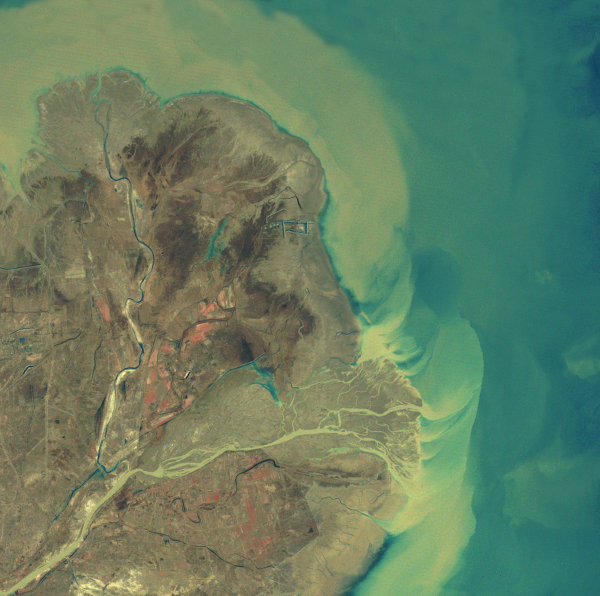Research
Human activity on delta landscapes
Hundreds of millions of people live on river deltas around the world, representing a rich diversity in culture and generating thriving economies. Governments have sought ever more drastic measures to prevent flooding and protect society and its infrastructure on deltas. But, these policies can harm the natural environment and lead to loss of precious land.

With research in this theme, we aim to understand how human decisions to modify the landscape affect landscape morphodynamics, and what are long-term outcomes for the natural system as a result.
A goal is to identify best practices for the human management of deltaic landscapes, so that both the human and natural systems are sustainable.
However, this kind of optimization invites choices about what is the “best” outcome and who gets to choose what it means to be the “best”; we are particularly interested in understanding how we can equitably balance tradeoffs in management decisions.
Group publications in this theme
- Hariharan, J., Wright, K., Moodie, A., Tull, N., & Passalacqua, P. (2023). Impacts of human modifications on material transport in deltas. Earth Surface Dynamics, 11(3), 405–427. doi: 10.5194/esurf-11-405-2023
- Passalacqua, P., & Moodie, A. J. (2022). System-scale solutions for human-scale needs. Science, 376-6596. doi: 10.1126/science.abq1166
- Carlson, B. N., Nittrouer, J. A., Swanson, T. E., Moodie, A. J., Dong, T. Y., Ma, H., Kineke, G. C., Pan, M., & Wang, H. (2021). The effects of engineered diversions and natural avulsions on abandoned lobe development and shoreline stability. Geophysical Research Letters. doi: 10.1029/2021GL092438
- Moodie, A. J., & Nittrouer, J. A. (2021). Optimized river diversion scenarios promote sustainability of urbanized deltas. Proceedings of the National Academy of Sciences, 118(27). doi: 10.1073/pnas.2101649118